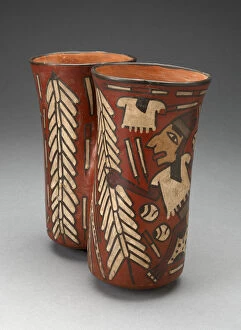Sacrificial Collection (#4)
"Sacrificial: A Journey Through Time and Culture" Step into the world of sacrifice as depicted in various artworks and artifacts throughout history
All Professionally Made to Order for Quick Shipping
"Sacrificial: A Journey Through Time and Culture" Step into the world of sacrifice as depicted in various artworks and artifacts throughout history. The painting "Agnus Dei" by an unknown artist from the 17th century captures the solemnity of sacrifice, with its depiction of a lamb symbolizing Christ's sacrifice for humanity. In ancient times, Druids, the revered priests, collected mistletoe for their sacrificial rituals. This mystical plant held great significance in their ceremonies, representing life and rebirth. The painting "Andromeda" by an anonymous artist from 1869 portrays a different kind of sacrifice - that of a princess chained to a rock as an offering to appease sea monsters. It highlights the theme of self-sacrifice for the greater good. Illustrating John Keats' poem "Endymion, " engraved by F. Joubert in 1872, we witness Endymion's willingness to give up his mortal existence for eternal love with Selene, goddess of the moon. Love becomes the ultimate sacrificial act here. Traveling to Pompeii, we encounter the Temple of Fortuna Augusta where sacrifices were made to honor this Roman goddess associated with luck and fortune. The view offers us insight into how sacrifices played a role in religious practices during ancient times. Stonehenge near Salisbury presents itself twice on our journey; first through its Slaughter Stone - believed to have been used for animal sacrifices during pagan rituals - then through its enigmatic structure itself. Stonehenge stands as a testament to human devotion and perhaps even sacrificial offerings made at this sacred site. Moving across continents to Mexico, we discover an Aztec/Mixtec sacrificial knife dating back centuries ago. This artifact reminds us that not all forms of sacrifice were voluntary or symbolic; some involved gruesome acts carried out in religious ceremonies. The Ara Pacis Augustae showcases Goddess Roma sitting atop trophies symbolizing the sacrifices made for the glory of Rome.










































